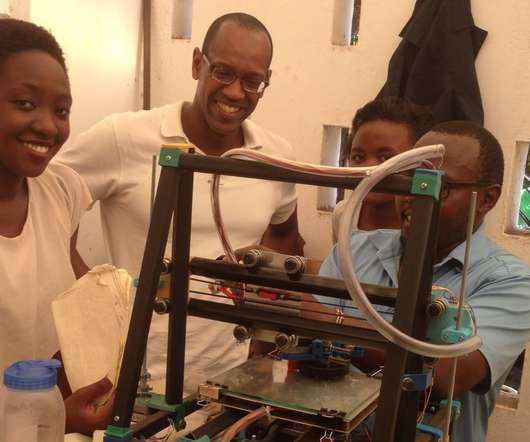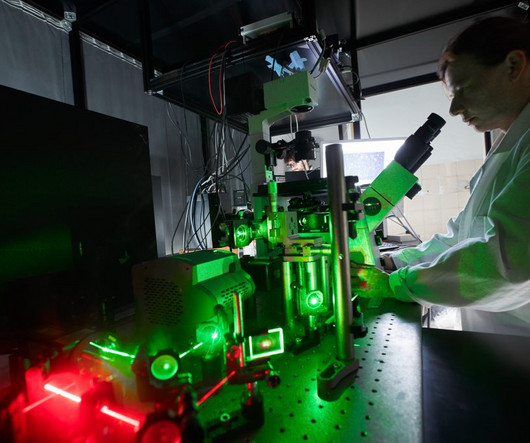Does the way we fund scientific research benefit everyone equally?
Futurum
JULY 7, 2022
Does the way we fund scientific research benefit everyone equally? Funding agencies allocate money to scientific research projects with aims that could benefit society. But how do we know what the full effects of research are, and who these benefits reach?













Let's personalize your content